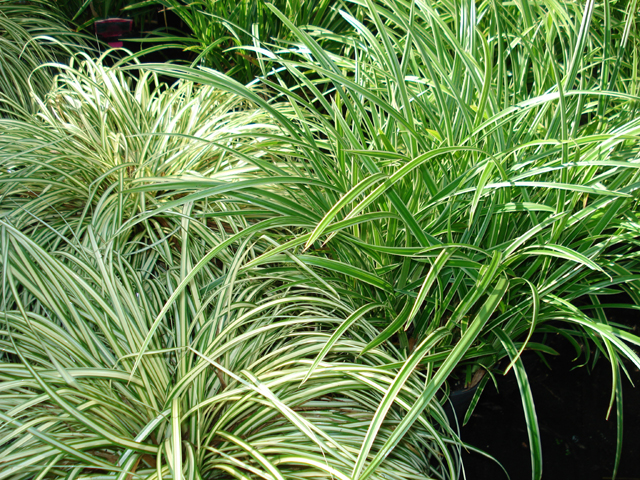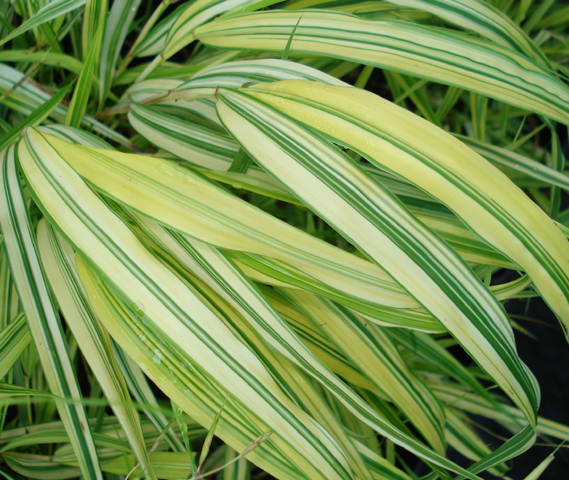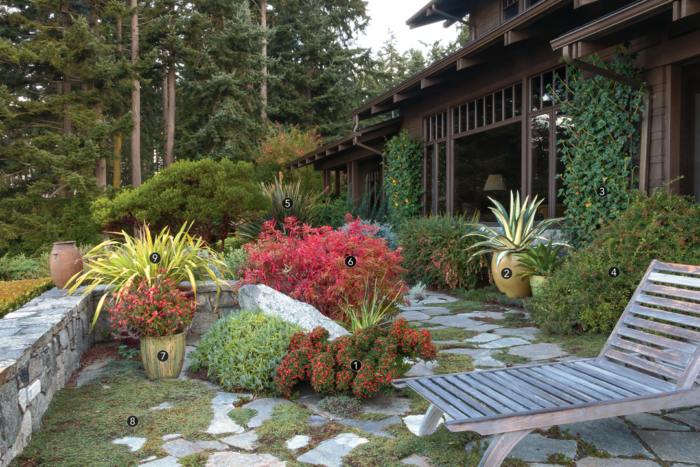As a passionate gardener and nature enthusiast, there’s nothing more frustrating than deer munching on your carefully tended plants. I’ve spent countless hours nurturing beautiful landscapes, only to have them devastated by these graceful creatures. After extensive research and experimentation, I’ve found that incorporating deer resistant decorative grasses into my garden can provide both beauty and resilience against these pesky herbivores. In this comprehensive guide, I’ll share my insights, practical tips, and everything you need to know about choosing and caring for these delightful plants.
Understanding Deer Resistance in Plants
Before diving into the specifics of decorative grasses, it’s important to understand what “deer resistant” really means. No plant is completely deer-proof, but certain species are less appealing to deer due to their taste, texture, or scent. Generally, deer tend to avoid plants that are:
- Strongly scented
- Spiky or thorny
- Woody or tough
Why Choose Decorative Grasses?

Decorative grasses offer a myriad of benefits in the garden:
- Versatility: They can complement various design styles from contemporary to rustic.
- Low Maintenance: Once established, many decorative grasses require minimal care.
- Seasonal Interest: Grasses provide texture and movement throughout the seasons.

Top Deer Resistant Decorative Grasses
1. Blue Oat Grass (Helictotrichon sempervirens)
This stunning ornamental grass features striking blue foliage that adds a pop of color to any landscape. Its drought resistance makes it a perfect choice for low-maintenance gardens.

| Characteristic | Details |
|---|---|
| Height | 2 to 3 feet |
| Spread | 1 to 2 feet |
| USDA Zone | 4 to 9 |
| Light Requirements | Full sun to partial shade |
Pros and Cons of Blue Oat Grass
- Pros: Drought-tolerant, beautiful color, deer resistant
- Cons: May need division every few years

2. Feather Reed Grass (Calamagrostis acutiflora)
This tall grass brings elegance to any garden with its feathery flower plumes that sway gracefully in the wind. It’s a favorite for creating vertical interest.
| Characteristic | Details |
|---|---|
| Height | 3 to 5 feet |
| Spread | 2 to 3 feet |
| USDA Zone | 4 to 9 |
| Light Requirements | Full sun |

Pros and Cons of Feather Reed Grass
- Pros: Excellent for erosion control, highly adaptable
- Cons: Can become invasive in some areas
3. Miscanthus (Miscanthus sinensis)
Miscanthus, often referred to as Chinese silver grass, is known for its tall, arching form and fluffy seed heads that create a striking presence in the landscape.
.jpg)
| Characteristic | Details |
|---|---|
| Height | 5 to 8 feet |
| Spread | 2 to 4 feet |
| USDA Zone | 5 to 9 |
| Light Requirements | Full sun |
Pros and Cons of Miscanthus
- Pros: Dramatic height, excellent for privacy screening
- Cons: Can require occasional pruning

Comparing Deer Resistant Decorative Grasses
| Grass Type | Height | Spread | USDA Zone | Light Requirements | Pros | Cons |
|---|---|---|---|---|---|---|
| Blue Oat Grass | 2-3 ft | 1-2 ft | 4-9 | Full sun to partial shade | Drought-tolerant, beautiful color | May need division |
| Feather Reed Grass | 3-5 ft | 2-3 ft | 4-9 | Full sun | Excellent for erosion control | Can become invasive |
| Miscanthus | 5-8 ft | 2-4 ft | 5-9 | Full sun | Dramatic height | Requires occasional pruning |
How to Care for Deer Resistant Decorative Grasses
Caring for decorative grasses is relatively simple, but there are a few key points to ensure their health and longevity:
1. Planting Time
The best time to plant decorative grasses is in the spring or early fall when temperatures are moderate, and rainfall is regular. This allows grasses to establish strong root systems.
2. Soil Requirements
Most decorative grasses prefer well-drained soils. If you have clay or soggy soil, consider amending it with compost or planting in raised beds.
3. Watering Needs
While many deer resistant grasses are drought-tolerant, regular watering is crucial during the establishment phase. Once established, they can thrive on less water.
4. Pruning and Maintenance
Generally, grasses should be cut back in late winter or early spring before new growth begins. This encourages healthy growth and removes any dead foliage that could harbor pests.
Creating a Deer Resistant Landscape
Incorporating deer resistant decorative grasses into your garden is just one part of creating a deer-resistant landscape. Here are some additional strategies to consider:
- Layering Plants: Combine taller grasses with shorter ones and shrubs to create depth.
- Companion Planting: Consider planting herbs or strong-smelling plants like lavender or sage alongside your grasses.
- Physical Barriers: Fencing or netting can provide an additional layer of protection for more vulnerable plants.
Final Thoughts
Choosing the right deer resistant decorative grasses can enhance the beauty of your garden while keeping deer at bay. Whether you opt for the elegant feather reed grass or the striking blue oat grass, these choices not only provide aesthetic appeal but also contribute to a healthier, more diverse garden ecosystem. Remember, a successful garden is one that balances beauty, resilience, and sustainability.
FAQs about Deer Resistant Decorative Grasses
1. What are some other deer resistant plants besides grasses?
In addition to decorative grasses, consider using plants such as lavender, rosemary, and barberry which tend to be less appealing to deer.
2. How can I tell if a plant is deer resistant?
Check gardening resources, local extension services, or consult with local nurseries. Look for plants with strong scents, thorny aspects, or tough textures.
3. Will deer eat decorative grasses in winter?
While deer are less likely to eat grasses in winter due to their other food sources, it’s not impossible during harsh winters when food is scarce.
4. Can ornamental grasses survive in shaded areas?
Most ornamental grasses prefer full sun; however, some varieties like Blue Oat Grass can tolerate partial shade.
5. How often should I water my decorative grasses?
During the establishment phase, your grasses may need more frequent watering. Once established, most can thrive on rainfall alone, particularly in well-drained soil.
Join the Journey!
Gardening is a journey of discovery. I invite you to share your experiences with deer resistant decorative grasses and any tips you might have for keeping the garden thriving. Happy gardening!